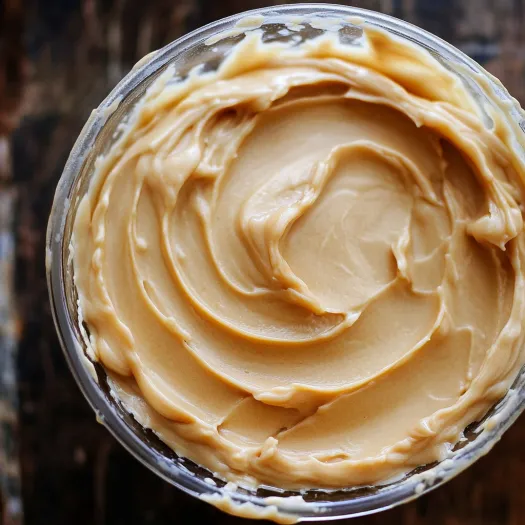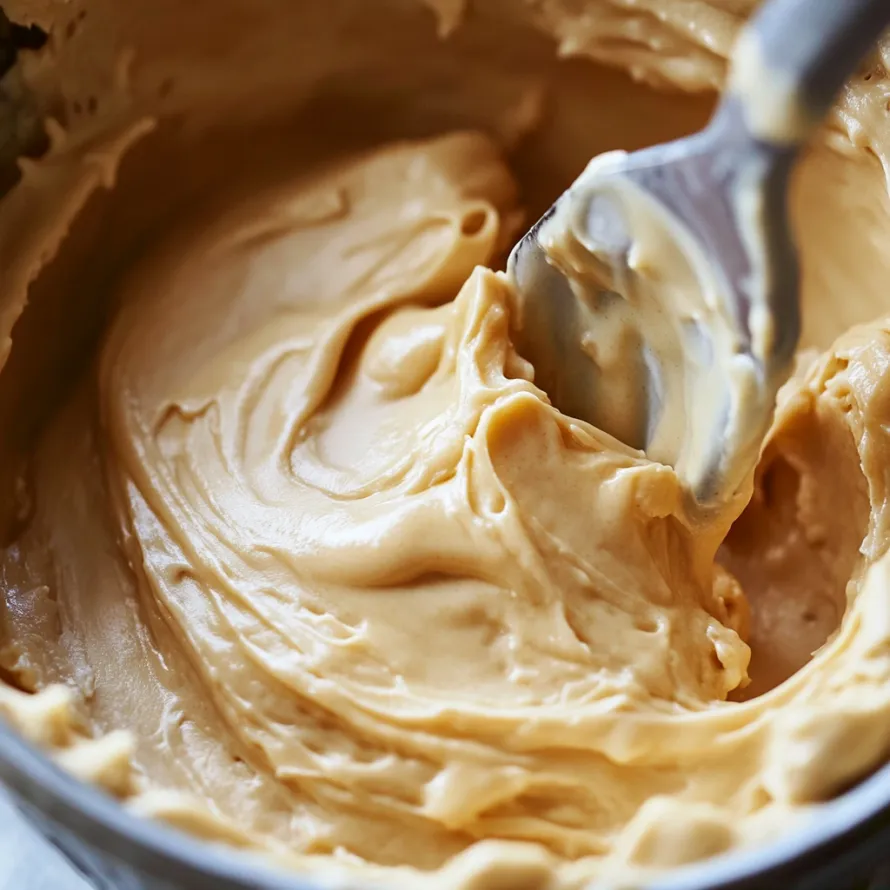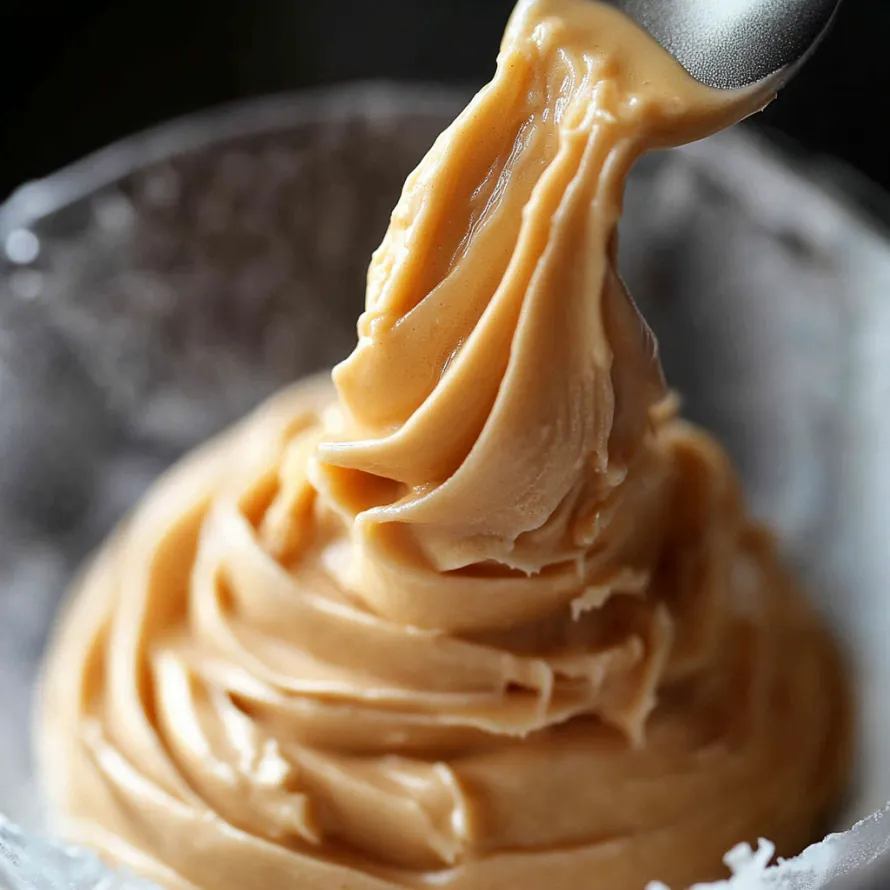 Save
Save
This golden custard filling turns basic sweets into incredible taste experiences. The deep caramel notes mixed with smooth vanilla custard make a velvety filling that turns tarts, éclairs, and fancy cakes into something special. I nailed this recipe after trying countless times to copy the amazing custard from a tiny Paris bakery that I couldn't stop thinking about for years.
I first whipped up this caramel custard for my daughter's birthday when she asked for something "special but not too fancy." It's now become our family's go-to dessert component that everyone asks for at gatherings and special events.
What You'll Need
- Granulated sugar: 1¾ cups to make caramel that forms the rich base giving this custard its unique taste
- Whole milk: 4 cups gives just the right creaminess needed for a proper custard feel
- Vanilla bean: Cut open and scraped delivers better flavor than bottled extract and leaves those lovely dark specks throughout
- Additional granulated sugar: ⅔ cup split between the milk mixture and egg mixture for just the right sweetness
- Whole eggs and egg yolks: Build the custard body while adding richness
- Cornstarch: 10 tablespoons helps the custard keep its shape when you pipe or spread it
How To Make It
- Get everything ready:
- Start by getting all your stuff measured and setting up a place for the finished custard—either a plastic-covered baking sheet or big bowl. Having it all ready before you start really matters since timing is super important.
- Make the milk mixture:
- Put milk, ⅓ cup sugar and your split vanilla bean in a solid pot. Warm it up but don't let it boil so the vanilla can spread its flavor around.
- Make your caramel:
- In a deep pot put 1¾ cups sugar and heat it on medium-high. Let the sugar slowly melt, stirring now and then but not too much. You'll need patience as the sugar changes from white crystals to a deep brown liquid that just starts to smoke.
- Mix the hot stuff:
- Really carefully, slowly pour the warm milk into the caramel. Step back when doing this since it'll bubble up fast and might splash. Keep heating until it's completely smooth, and strain out any hard bits if needed.
- Fix up the eggs:
- Beat eggs, yolks and the rest of the sugar until they're light yellow and twice as big. This makes the finished custard lighter. Mix in the cornstarch until you don't see any lumps.
- Warm up the eggs:
- Slowly add the hot caramel milk to the egg mixture while stirring all the time. Start with tiny amounts to gently warm the eggs without cooking them. Once they're warmed up, put everything back in the pot.
- Finish the custard:
- Stir constantly over medium heat until the mix gets super thick and starts to bubble. Keep it bubbling for exactly one minute while stirring to get the cornstarch working and get rid of that raw starch taste.
- Let it chill:
- Right away pour the hot custard onto your ready surface. Cover it directly with plastic wrap, poke a few holes for steam, and put it in the fridge until it's totally cold.
- Get it ready for use:
- Beat the cold custard briefly with a mixer paddle until it's smooth before using it in your desserts.

The vanilla bean really makes this recipe special. I once had to use extract when I ran out of beans, and while it was still tasty, it missed that extra something that only real vanilla beans bring. My grandma always told me vanilla is like a good buddy who helps everything else taste better without taking over.
Keeping It Fresh
This caramel custard stays good in the fridge for about 5 days if you store it right. Always put plastic wrap right on top of the custard so it doesn't form a skin. If you want to keep it longer, you can freeze it for up to a month. When you want to use it, let it thaw in the fridge overnight then beat it until smooth. It might feel a bit different after freezing but still works great for most desserts.
Fixing Common Problems
You'll get lumpy custard if eggs cook too fast or cornstarch clumps up. Better to prevent it, but you can still fix it. If you see lumps forming while cooking, take it off the heat right away and strain it through a fine strainer. For custard that's already cold and lumpy, try pushing it through a strainer or giving it a quick blend with a stick blender. Just don't overbeat your custard when freshening it up or it'll get too runny as the starch breaks down.
Fun Ways To Use It
This caramel custard works in way more desserts than just éclairs or Boston cream pie. Try putting it in layers with pound cake and fresh berries for a trifle. Fill cream puffs or a Paris-Brest with it. Put it in little tart shells and top with glossy fruit for fancy mini tarts. For something different, spread it between two crispy cookies to make grown-up "Oreos" that'll wow even your pickiest friends.

This caramel custard is the perfect base for amazing desserts. Have fun turning simple ingredients into something really special.
Common Recipe Questions
- → Why does the mixture bubble up when I add milk to caramel?
The bubbling happens because the caramel is super hot (about 350°F/175°C) compared to the milk, making the milk's water turn to steam really fast. Using a tall pot and adding warm milk bit by bit helps calm this reaction and keeps you safe.
- → How do I keep my cream smooth without lumps?
Keep whisking non-stop, especially when you're mixing hot milk with eggs. Get a whisk that can reach every corner of your pot, run the finished cream through a strainer if needed, and never stop stirring while it's getting thick. All that movement stops proteins from clumping together.
- → Can I make this ahead of time?
You bet! You can make this cream 2-3 days early and keep it in the fridge with plastic wrap touching its surface so it doesn't form a skin. Just remember to give it a quick beat until it's smooth again before putting it in your desserts.
- → Why do I need to boil the cream for a whole minute?
That full minute of boiling wakes up the cornstarch and gets rid of any raw starch taste. If you skip this part, your cream might feel grainy and taste a bit like raw flour.
- → What treats go well with this caramel cream?
This caramel cream works wonders in things like éclairs, Paris-Brest, fruit tarts, cream puffs, and layered pastries. It's also great between cake layers, in Boston cream pies, or anywhere you'd normally use plain cream filling but want something fancier.
- → Why should I whip the cream before using it?
After sitting in the fridge, the cream gets stiff and might look uneven. Giving it a quick whip brings back its silky smoothness so it's easier to squeeze through a piping bag and feels nicer when you eat it, while still being firm enough to stay put in your desserts.
